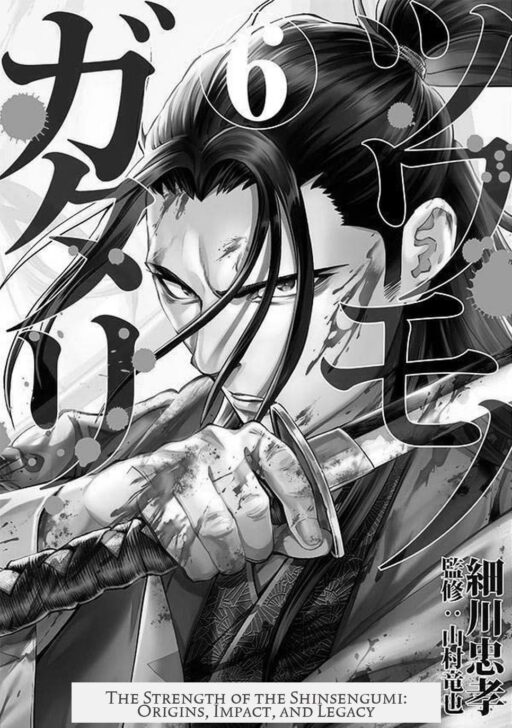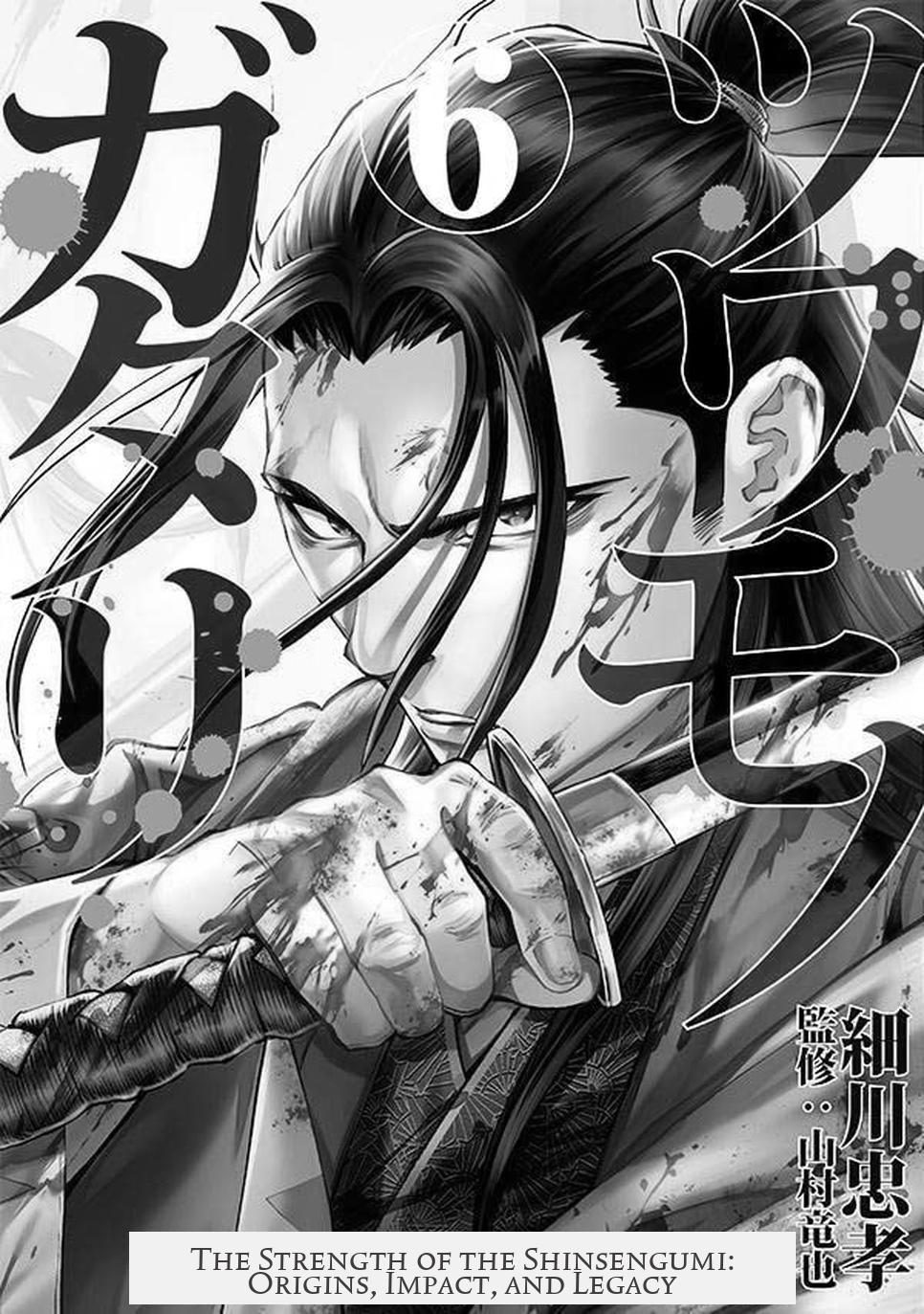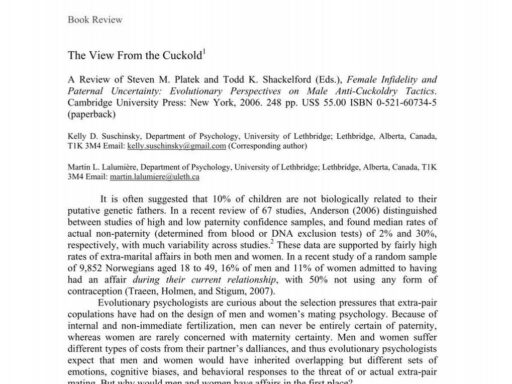The actual strength of the Shinsengumi was rooted in their composition, purpose, and the turbulent social environment of late Edo Japan. They formed as a government-sanctioned paramilitary force, composed mainly of political prisoners, ronin, and lower-ranking samurai without land or formal status. This group was hastily assembled to quell rising rebellions against the Tokugawa Shogunate during a period marked by widespread social discontent and deepening anti-foreign sentiment.
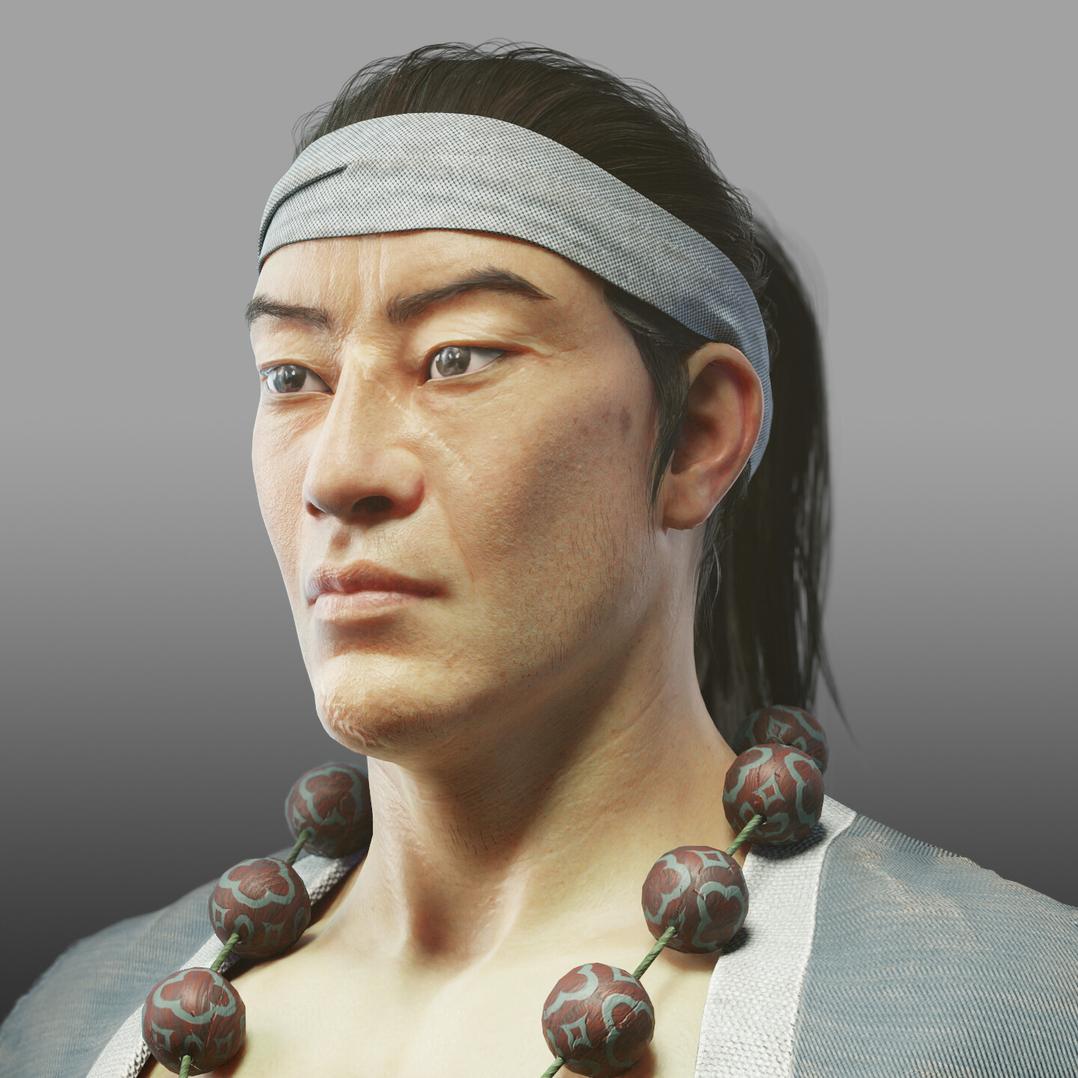
After 1853, Japan faced significant pressure from foreign powers, particularly following the arrival of American Black Ships. This exposure eroded confidence in the Shogunate’s ability to protect and govern the country. Many young samurai, motivated by loyalty to the Emperor and rejection of the Shogunate’s weakening hold, participated in the Sonno-Joi movement (“Revere the Emperor, expel the barbarians”). The Shinsengumi emerged in this context, tasked with suppressing pro-Imperial loyalists and anti-Shogunate factions in Kyoto.
The group’s origins trace back to the Roshigumi (“Roshi Corps”), initially intended to give lower-ranking samurai a chance to prove loyalty. Many recruited members, including their leader Kiyokawa, had criminal backgrounds or controversial pasts. The Roshigumi quickly gained infamy, later becoming known as the “Mibu Roshi” or “Mibu Wolves,” recognized more for their ruthless enforcement tactics than for disciplined military prowess. They extorted, assaulted, and terrorized local populations to maintain order and intimidate opponents.
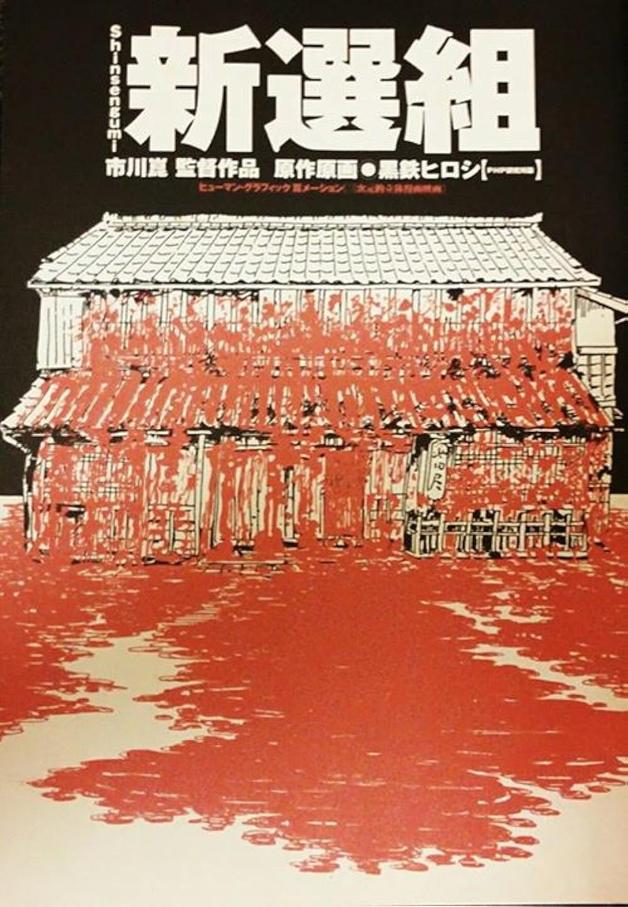
Despite their rough composition and brutal methods, the Shinsengumi proved effective in combat and policing roles. Their training emphasized swordsmanship and close combat, leveraging the martial skills of samurai accustomed to battle. However, the group’s strength was as much psychological and social as military. Their fearsome reputation helped control Kyoto’s volatile political landscape, discouraging rebel activities and foreign influence.
- Shinsengumi formed from pardoned criminals, ronin, lesser samurai.
- Tasked to suppress anti-Shogunate and pro-Imperial forces.
- Operated during rising anti-foreigner and social tensions.
- Known for ruthless enforcement, often terrorizing locals.
- Effective in close combat, leveraging samurai fighting skills.
- Their strength was as much psychological as physical.
Overall, the Shinsengumi were a determined, though imperfect, fighting force that combined discipline with intimidation. Their strength lay in their ability to impose order during a chaotic period more than in sheer military might.
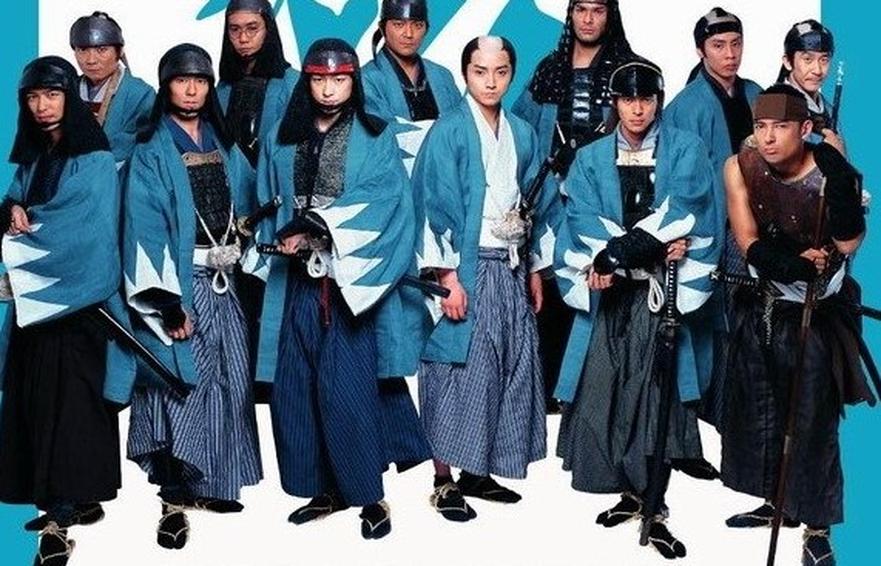
How Strong Were the Actual Shinsengumi?
In simple terms: The Shinsengumi were surprisingly strong and effective—but also deeply flawed and controversial. Behind the striking image of noble samurai in crisp uniforms lies a more complicated story. These men were not born perfect warriors from elite families. They were a motley crew recruited from political prisoners, ronin, and low-ranked samurai with everything to prove. Yet, within this ragtag group, a fierce force emerged—one that left a strong mark on Japan’s turbulent late Edo period.
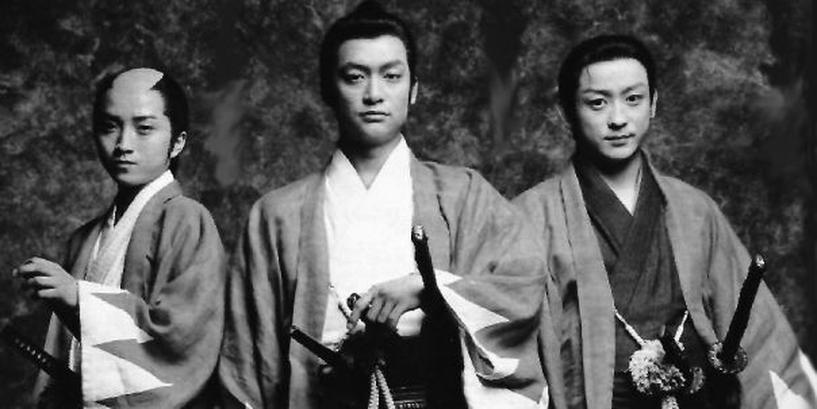
Let’s unpack the story behind their strength, identity, and legacy. Why did this crude group transform into such a feared unit? And did their toughness come from skill, sheer will, or something else?
The Rough Origins: A Makeshift Band of Misfits
The Shinsengumi started as a cost-saving solution, not a top-tier elite guard. The shogunate (Japan’s military government) needed a force to quell rebellion and unrest. So, they threw together imprisoned samurai, wandering ronin, and “lesser samurai” (called Goshi)—these guys were samurai by birth but had no real land or status. Some even worked as traveling farmhands just to survive.
This patchwork crew was officially sanctioned but deliberately deniable—basically, “Here’s a bunch of loose cannons to keep order, but don’t look too close at what they do.”
The Political Storm Brewing Behind Their Rise
Post-1853, Japan faces a cliffhanger moment. The arrival of American “Black Ships” shattered the old order. Foreigners entered Japan with privileges that outraged many locals. Why should foreigners operate outside Japanese laws? What was the shogun’s job now if he couldn’t protect Japan’s sovereignty?
Many samurai, especially the younger and less privileged ones, grew disillusioned. They believed the shogunate had lost its divine right to rule. Some thought power should return to the Emperor—a movement known as Sonno-Joi, or “Revere the Emperor, Expel the Barbarians.”
This created a volatile environment filled with anti-foreigner rage and violent attacks. The Shinsengumi’s mission: suppress these rebellious elements and protect shogunate interests in Kyoto.
The Rough and Tumble Roshigumi: The Shinsengumi’s Predecessor
The Shinsengumi’s story begins with the Roshigumi, or “Roshi Corps,” formed to channel low-ranking samurai’s loyalty to the Bakufu (the shogunate government). The guys in this group were often former prisoners with violent pasts. Their leader, a man named Kiyokawa, was a notorious figure who’d been pardoned for murder and anti-government agitation.
Hardly the polished knights you’d expect.
Once deployed, the Roshigumi morphed into something fierce yet feared. They earned nicknames like the “Mibu Wolves” and “Mibu Roshi” (Mibu being their base near Kyoto). They extorted, stole, assaulted locals, and generally terrorized ordinary townsfolk.
So, How Strong Were They Really?
Well, their strength was a mix of different factors:
- Skill and Training: Many members were former samurai who knew the sword well. However, not all were disciplined. The group’s leader Kondō Isami and vice-commander Hijikata Toshizō enforced strict training and discipline, sturdifying their combat effectiveness.
- Brutality and Ruthlessness: Their reputation for extreme measures kept potential rebels and dissenters wary. They weren’t afraid to use force or intimidation.
- Loyalty and Ideology: The Shinsengumi believed fiercely in loyalty to the shogunate, even as others doubted it. Their cohesion partly stemmed from sharing a common purpose during a chaotic era.
That said, their actual battlefield power was sometimes overstated through legend and fiction. They were not an invincible army, but rather a small, elite paramilitary police force specializing in suppressing dissent rather than open war.
Proof in the Pudding: Their Impact and Limits
The Shinsengumi successfully walked into the powder keg of political turmoil. They quelled numerous uprisings, protected shogunate officials, and left a lasting mark on Kyoto’s history.
But their methods also alienated locals, making them feared rather than loved. This harmed their long-term influence when political tides shifted. When the imperial side gained power during the Meiji Restoration, the Shinsengumi were outmatched by better-equipped and larger forces.
What Can We Learn From Their Strength?
The Shinsengumi’s strength was real but context-dependent. They thrived in urban policing, close combat, and psychological warfare rather than open battlefield dominance. Their origin story as a desperate measure gave them grit but also a shaky legitimacy base.
For modern readers interested in samurai or military history, they remind us that strength isn’t just skill with weapons but also unity, conviction, and sometimes, sheer ferocity. The Shinsengumi may not have been the perfect soldiers, but they became symbols of loyalty amid chaos.
Final Thoughts
The Shinsengumi’s strength lies as much in their mythos as in their real abilities. Yes, they were fierce and proficient fighters with strict discipline, but they also descended from a group of social outcasts and disgruntled samurai. Their power came from a volatile mix of training, brutal tactics, and fanatical loyalty to a fading regime.
Are they heroes or villains? That depends on perspective. But one thing is clear: the actual Shinsengumi left a strong legacy etched in both history and popular culture. They prove that strength is often forged in unlikely places—with a dose of chaos, loyalty, and a dash of raw courage.
So, how strong were they? Strong enough to shake Kyoto, terrify their enemies, and ripple through Japan’s history—but never unbreakable nor flawless.
